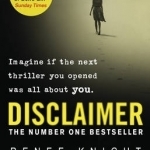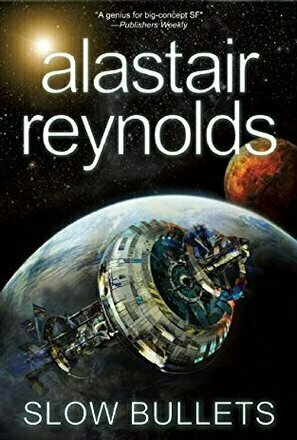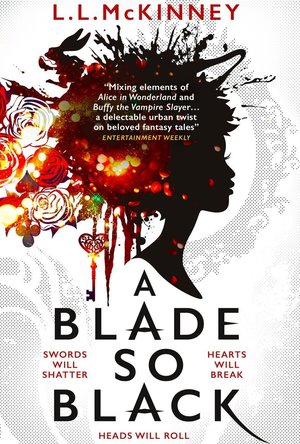
PostEver 2 - Quick record, Lifelog, ToDo and Diary for Evernote
Business and Productivity
App
With regard to the latest iOS 10 of future delivery, making it in confirmation of the operating...
BookblogbyCari (345 KP) rated Disclaimer in Books
Jan 26, 2019
Stephen Brigstocke is extremely bitter about an event that occurred in 1993, and decides to publish his wife’s book “The Perfect Stranger” about said event. His purpose of publishing the book is solely to provoke guilt in Catherine Ravenstock, and lead her to her own suicide.
I just had to keep the turning and turning the pages until I got to the bit (about a third of the way in) where “The Perfect Stranger” explains what happened. By then I understood Stephen’s bitterness and anger. Catherine’s husband and son are also given copies of the book, and Catherine’s husband swiftly leaves her.
Yet to be satisfied with the outcome, Stephen soon targets Catherine’s son, who later finds himself in intensive care. (Stephen uses new methods this time.)
At 80% of the way through the book, a huge twist is revealed and Catherine confronts Stephen directly.
With 10% of the book left to go, every character has come clean, and I began wondering what more could come – but there was plenty, when everything turned around again at the final twist!
I had been expecting the novel to alternate between Catherine’s life and excerpts from “The Perfect Stranger” but surprisingly Renee Knight deftly uses very few excerpts from it.
The author uses different styles of writing when switching point of views. The majority of the storytelling switches between Catherine’s point of view, put forward in the third person, and Stephen’s point of view put forward in the first person. This was deliberate and effective, so that the reader finds themselves identifying just as much, if not more with Stephen, even though the story centres around Catherine being Stephen’s victim.
Also some passages are told from Catherine’s husband’s standpoint and their son’s, and this element adds to instill the initial concept and add to the suspense.
Although the storytelling sometimes switched from 1993 to 2013, this was smoothly done, and never confusing.
I often buy books when they are on offer for 99p as this was, but I never expect them to be this good – I give this an easy 9/10 and am hoping to find more books from the same author!
Scott Tostik (389 KP) rated He's Out There (2018) in Movies
Aug 16, 2019
Well... Lemme tell you.... Your whole fuckin day just got ruined by some psycho in a mask who starts of small... Banging on windows... Moving things around the yard... Typical teenage prank type stuff...
As the fear builds, his sadistic nature come to the surface... He intercepts the husband on his way through the darkened goat path of a road and proceeds to carve out his eyeballs and leave his corpse on the front step... Like some cat leaving his master a dead rat or bird... Seeking approval
There's a scene near the end of the film that I found kind of brilliant.
The killer hangs three life sized dolls, representing the mother and her children, for the three to find when they try to run... Stopping them in their tracks... Then... As if they were kids playing a game, he begins pelting them with paintballs to drive them back into the house... Giving himself total control over the situation. The killer has made it impossible for the victims to leave... Thinking the car is a good idea... Mommy hides her children in the closet... Telling them how brave they are and giving them a watch to time 20 seconds before they make a break for it to meet their mother at the car... Mom takes the keys from her dead husbands pocket and start a the car. She then grabs the kids from the closet and is immediately trapped in a room by Mr. Madman.
A neighbor comes over and sees the carnage that is the yard, smashed up SUV, deadman on the steps and tries to help... His fate is sealed by an axe to the head...
The killers total control of everything is what makes me like this movie... Reminds me of The Collector in so many ways... Total control...
Its worth a watch or two... When the climax of the film finally comes a long... Its kind of a let down... But the build up was nice and impressive... If you're looking to get blue balled by a movie... Its a great pick :)
Phil Leader (619 KP) rated Slow Bullets in Books
Nov 25, 2019
The set up is interesting and simple, at least in summary. A ship carrying soldiers, mostly war criminals of one sort or another, following a ceasefire malfunctions and they are awoken from hibernation much later than they expected. Almost immediately the the rivalries from the war become apparent again and it is up to Scur to put herself in the position of ensuring that they can at least survive without killing each other for a war long since finished.
The story is told from Scur's point of view as she effectively writes her memoir - and confessional - as she comes to the end of her life. Reynolds entwines several threads effortlessly producing some good dramatic moments and plot twists. The changes of direction are not so much surprising as they occur but the direction they go in.
Apart from the expected divisions between the different sides of the army and the civilians on the ship Scur needs to worry about where the advanced civilization that existed before the war has gone, the slow deterioration of the ship, the potential for a religious war and a war criminal which she would very much like to exact revenge upon, all played out in the pressure cooker environment of the ship.
The result is a tight story with plenty of action interspersed with serious considerations about society, justice and religion and how they interplay. Like any of Reynold's work the particular universe this story inhabits - as far as can be discerned this is not related to any other novel or short story - arrives fully formed and with perceptible depth and history, hinting at other stories that might be told elsewhere.
For one of Reynolds' stories there isn't much science and it doesn't stick to physical limits - faster than light travel and communications are both possible but not really explored in detail. But the focus is entirely on the individuals involved with the setting just a backdrop for them to play out the story in front of.
Overall a thoroughly good read and one I would recommend to anyone who likes their science fiction up close and personal.
Rating: Some violent scenes and bad language
Sophia (Bookwyrming Thoughts) (530 KP) rated A Blade So Black in Books
Jan 23, 2020
<h2><strong>When I first heard of <em>A Blade So Black</em>, I got excited.</strong></h2>
And I mean super excited! Here we have a book that features a black protagonist (we need more POC retellings!) who kicks butt like Buffy the vampire slayer and a retelling of <em>Alice in Wonderland</em> (which I should I get to one day but probably won't happen).
<h2><strong>But L.L. McKinney's debut novel turned out to be a big bummer.</strong></h2>
I didn't hate it, but I very much could not get past 40% of the book - in fact, I suffered more than I should because I <em>hoped</em> the book would get a lot better later. But it didn't get any better.
<h3>The writing style didn't suit me.</h3>
I think this is another "it's not you, it's me," but omg the writing made me want to sleep more than continuing the book. I found watching the 2018 reboot of "Meteor Garden" more interesting and probably watched an episode or two for every chapter that bored me to tears.
<h3>The concept is amazing.</h3>
Buffy the Vampire Slayer meets in Alice in Wonderland in a modern day setting? Hellooooo, please sign me up. This book spells dark and ominous and I definitely got that vibe while reading what I did.
<h3>But it was just <em>sooo</em> boring.</h3>
I checked out of the book by Chapter Four (but I <em>tried</em> to stay with the rest of the book, I swear!). Wonderland is full of action, but it was the same thing over and over again and got repetitive. Alice is juggling being a Dreamwalker, who can destroy the Nightmares that come from Wonderland, while being an ordinary student with a life, but it was all the same thing over and over again. It never really picked up.
<a href="https://bookwyrmingthoughts.com/a-blade-so-black-by-l-l-mckinney-the-disappointment-is-so-real/"; target="_blank">This review was originally posted on Bookwyrming Thoughts</a>
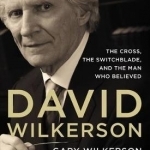
David Wilkerson: The Cross, the Switchblade, and the Man Who Believed
Book
This is the story of David Wilkerson, the man who believed against the odds that God could do great...

whowho - Spam block & Convenient contact
Lifestyle and Utilities
App
■ iOS10 CallKit support allows you to check the information of calling number in real time when...

Journaux en Belgique - Belgium Newspapers
News
App
Die meistverkaufte News-App in Großbritannien, Kanada, Italien, Spanien, Deutschland gibt es jetzt...
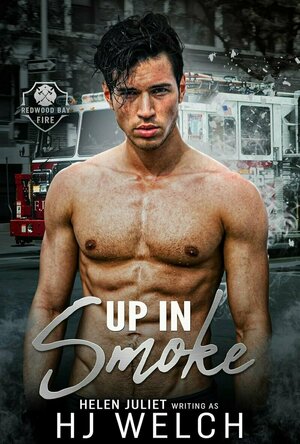
Up In Smoke (Redwood Bay Fire #4)
Book
Love never quits RICO I’ve always had a soft spot for my best friend’s younger brother,...
